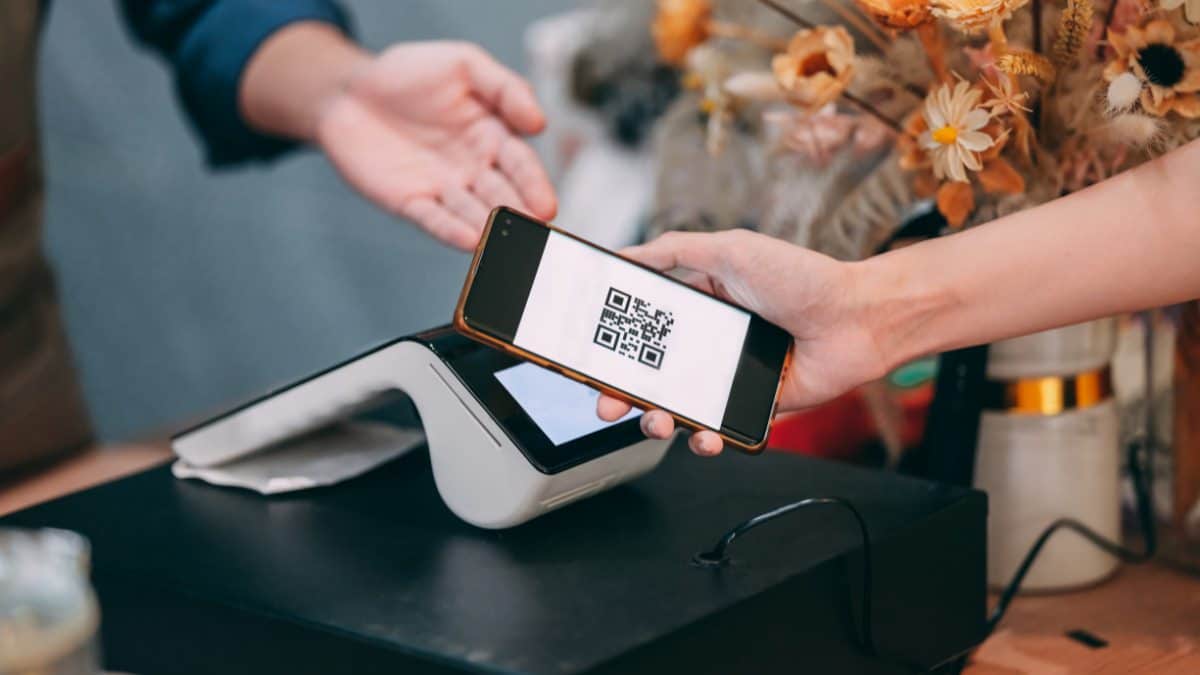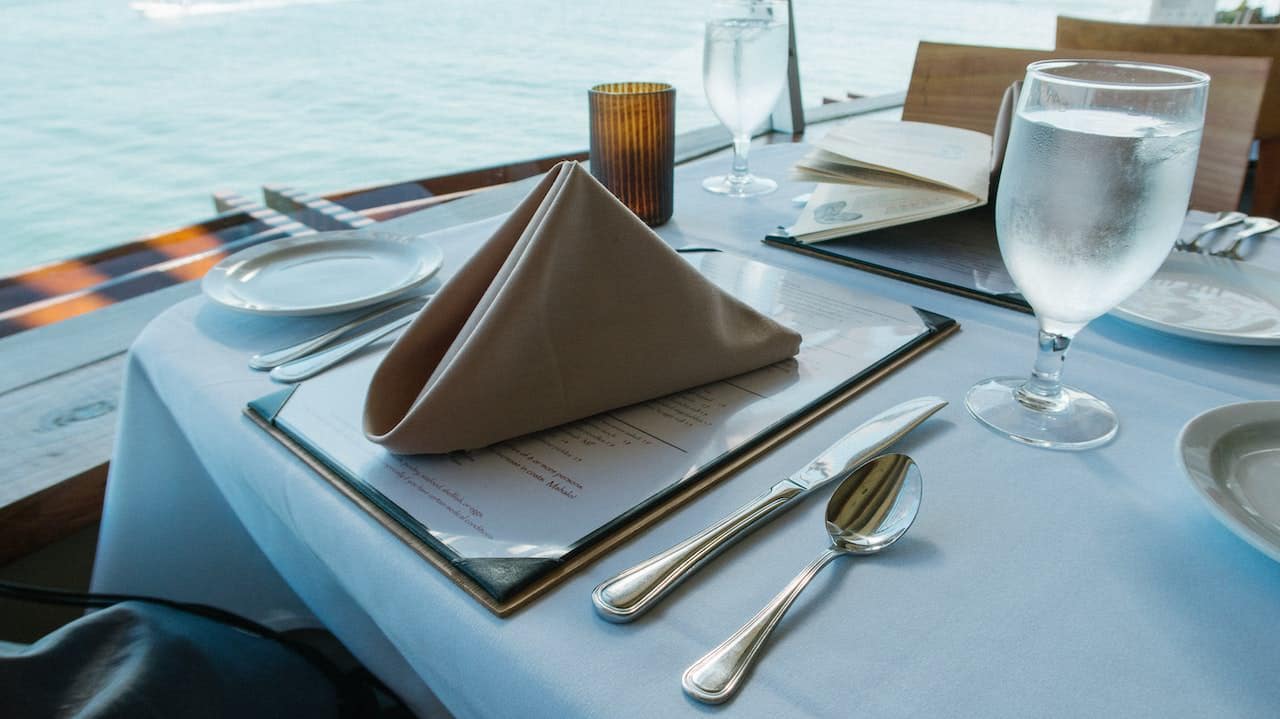I like paying the price I see. It’s what I expect, and you should too.
But tipping in America and Canada has spread globally faster than pandemic.
And it isn’t pleasant.
So, I make decisions with my wallet, even when I can afford the service fee. And that’s precisely what a tip is, by practice — a subsidy you pay to companies hidden as a mandatory service fee. And in some scenarios, a guilt-filled voluntary service fee.
Don’t fall for the nonsense that a tip gets you better service. You shouldn’t have to pay extra for the expected customer service. You don’t do it for your airline pilot, hygienist, supermarket cashier, or bus driver — regardless if it’s a professional, hospitality, or entry-level position.
Furthermore, tips don’t get you better service statistically. It’s the reverse; poor employee performance is often due to poor management, working conditions, and wages — from the employer.
Allow me to explain.
How Tipping Started
Tipping supposedly started in medieval Europe, and more notably, England, where a servant or enslaved person would earn money (not everyone had a wage) or extra money for a job well done.
This practice continued into the Victorian era when wealthy American aristocrats brought the practice back to the United States after visiting England.
The Fair Labors Standards Act of 1938 in the US required employers only to pay tipped workers a wage that added up to the federal minimum wage when combined with tips. And tipping became official.
And then it spread like wildfire to Canada, the world, and you.
By the way, in Japan, it’s considered an insult to tip.
Further legislation did pass to offer restaurant workers better wages in the US. The federal minimum wage for tipped workers is $2.13/hour in 2023. Some states have their own minimums.
Note: This article is not about the history of tipping in America or Canada, which is up for debate, but rather the modern global practice that arose from tipping.
Why You Should Stop or Reduce Tipping, Restaurant Visits, or Any Service that Requires Tipping

Let me get this out of the way. If you can afford it, put your extra cash to help another out, whether it be a stranger, hospitality worker, or charity, humbling someone makes the world a better place. But don’t let shady business off the hook. Spend your money elsewhere.
My issue is with businesses that operate with a tip-expectation model. These businesses are greedy and don’t pair a fair wage. Remember how tipping started and who were the unfortunate?
By the way, fair (competitive) and living wages are different. Many businesses won’t survive paying a living wage, and it only sometimes makes economic sense to pay a living wage for entry-level jobs or in cities with a high cost of living. But this is another debate.
And I get it; some people are desperate for any job.
Why Transparency Matters: Pay What You Expect
I believe in paying what you see, and consumers shouldn’t be ripped off by deceptive marketing.
If you go to a restaurant and buy a $10 salad, you should only pay $10. This helps make consumer purchasing decisions more transparent. This applies to the issue of taxes as well. You’re less likely to buy a $13 salad that includes tax and a fair wage or tip than a $10 salad plus taxes and tip. That’s a 30% increase.
Do you see how transparent pricing can help people budget their finances better, including families, single parents, seniors on fixed incomes, persons with disabilities, new immigrants, students, and yours truly — hospitality workers that are often the underpaid?
Now you know how deceptive or non-transparent marketing works. But the issue with tipping is it’s not a set percentage like a consumer tax, and it allows greedy businesses to get away with underpaying employees and leaving customers on the hook.
I remember 20+ years ago in Canada, my foreign exchange friend at university from Guyana complained about adding tax after the listed price at check out. It isn’t good and is a North American thing mostly. Most places outside of North America include the price of tax.
Of course, certain purchases are difficult to determine the final price, such as buying a house, a new car, or renovations. But outside of large purchases, which are not often, pricing should be made as transparent as possible. Wouldn’t you prefer that? Especially if you lost your job or want today’s influenced youth to have better money management.
Tipflation and Tip Creep

Now here’s how tipping becomes outright highway robbery.
Tipflation, as the name suggests, is the increasing amount of expected tip.
But there’s more to it than that.
There’s a sneaky marketing tactic in how restaurants now suggest what the tip should be, especially when you pay with your debit or credit card.
The POS (Point of Sale) terminal, when you pay electronically, has a UX (user experience) design to maximize the highest tip, including making the “custom tip” and “no tip” buttons smaller. And don’t get me started on how color theory plays into this.
What was once a standard 10% or 15% tip, an 18% tip is now considered lowballing in the US and Canada. Now suggested tips by restaurants are reaching 30%. “We don’t want to cut into our profits with fair wage practices and transparent pricing, so you pay for it.”
Then there’s tip creep. Expecting customers to pay a tip for takeout, predefined tip amounts automatically added to the bill, or paying a tip before a service has been provided (e.g., Uber Eats).
There’s social pressure to tip as well. That awkward moment when a server, client, date, or co-worker sees what you put as a tip. Bah, you know what I’m talking about.
The Problem of Over-Compensating Hospitality Workers
There are some excellent gigs where tipped workers are making a killing, some more than $80,000 a year in high-end restaurants and hotels, but this is not the norm.
I’m all about making as much money as you can, especially for entry-level positions. But the negative effect is that this is not sustainable as a society and economy when we require and need to promote more citizens to pursue further education for skilled jobs, which are underserved in some job markets (and pay more on average than hospitality jobs).
This is even more true when some tipped servers prefer tips over a competitive wage. These are still entry-level jobs, and I’m sure tipped servers are not tipping cashiers at the supermarket or retail store, regardless of how excellent customer service is.
By no means am I saying being a server, chef, or working in the hospitality industry is an easy job. But if they want more money, put it in the price of the items. I don’t have a problem paying the premium. I have a problem with deceptive marketing, shady businesses underpaying their employees, and some entry-level employees believing they are entitled to an engineer’s salary.
You’re Not Stealing When You Don’t Tip
There’s an argument out there that you’re stealing from restaurant staff when you don’t tip, especially when the server receives a minimum wage below $10/hour.
But no law makes tipping mandatory.
I counter that the employer’s responsible for covering the tip difference. Who’s really stealing?
Get Rid of Tipping with Your Wallet
I like eating at restaurants, mainly due to convenience. But I don’t like being a sucker. So, I minimize my restaurant visits, get more takeout, or cook at home.
Restaurants are losing money from people like me, but there are still enough people tipping where it makes sense to screw over customers.
There are different versions of the etymology of tipping. One of them is that it originated from “To Insure Promptness.” But it might as well be “Taxing Indefensible Patrons.”
You won’t change legislation but you can change a business’s profits. Reduce the number of visits to businesses that require voluntary or mandatory tips and let them know it on review sites or in person.
If pressed on time, you can try a meal kit or prepared meal delivery services like HelloFresh or Sunbasket.
Final Thoughts
I remember when I was in a Bocas del Toro bar. A sign read, “Tipping is not a city in China.”
I spend most of my time in Medellin now.
Many of the higher-end restaurants are putting in an automatic 10% tip. It’s not that it puts a dent in my wallet or don’t want their employees to earn more money, it’s the principle. So, I reduce the number of visits or get street food.
These restaurants can make one menu for dine-in and takeout, average the cost of tips, and include it in the menu prices.
To play devil’s advocate, a Colombian restaurant chain, Crepes & Waffles, asks permission before adding the 10% tip. What is different about this restaurant is they only hire single mothers. Pretty neat.
I’m ready to get blasted in the comments below. 🫡

